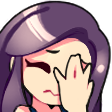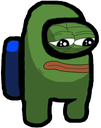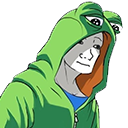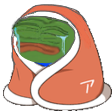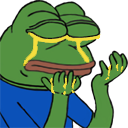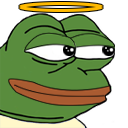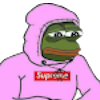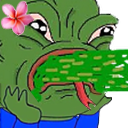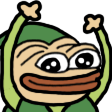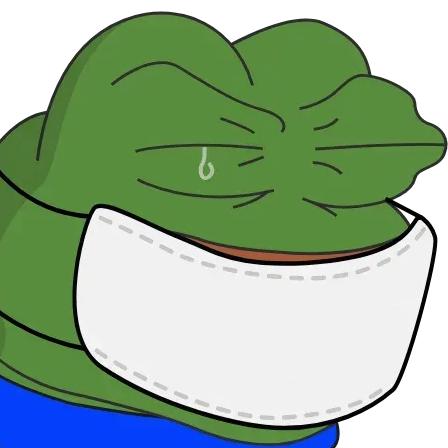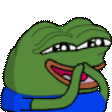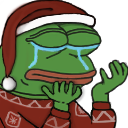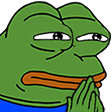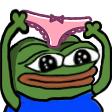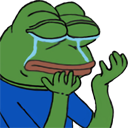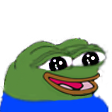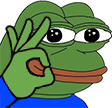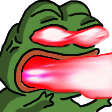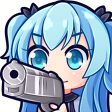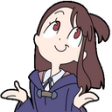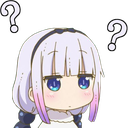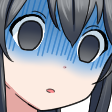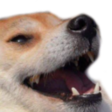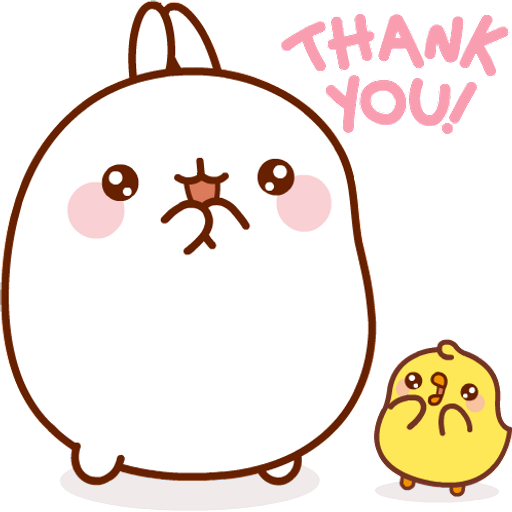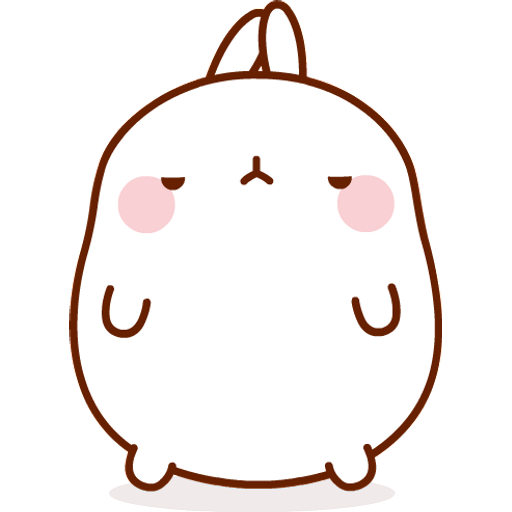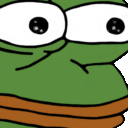Chapter 661: Chapter 594: Strange Renal Bone Disease Chapter 661: Chapter 594: Strange Renal Bone Disease Please wait, I am currently editing, don’t read just yet!
In the space lab, Yang Ping used experimental subjects to observe the onset process of teratoma, tracking how these cells developed into various organs in the human body. Instances of teeth and hair could be seen. There was also an article about this research on the top international journal CELL, where a research team from University of California treated teratoma as an ideal model for studying the human development process.
Great minds indeed think alike.
Teratoma, as a tumor, contains various different tissues, including bone, brain, hair, and muscle.
Teratoma formation is often due to the uncontrollable differentiation of a large amount of stem cells. This could occur in all types of tissues within an organism. Although teratoma is usually considered an unwanted by-product in stem cell research, in this study, the researchers found an opportunity to use teratoma as a model for studying human development.
It’s possible beings, as biological accidents, have the cellular capacity to assemble the tissues and organs of the body.
Therefore, this uncontrolled stem cell growth is valuable for research purposes.
The lab in the system space was very quiet, with only Yang Ping being present. His assistants were mechanical arms that resembled mechanical snakes, with various pieces of equipment neatly arranged therein.
Yang Ping took some tissue from the experimental subject he bought from the mall and observed it under an electron microscope.
However the cells differentiate into muscle, and how the body regulates their differentiation, involves too much information. This level of complexity far surpasses the technology of the spinal fixation device.
Scientific research is a lonely and laborious pursuit. Without intense interest and a steadfast heart in the face of loneliness, adaptation can be challenging.
Here, cut off from the outside world, there was no internet access. The only substitute was the system library, which allowed access to various books and journals at any time.
Yang Ping felt like a prisoner trapped within this space.
All the equipment present in this lab represented the pinnacle of modern technology, including electron microscopes, the gene sequencing machine, and others.
Not only was Yang Ping observing the changes in the structures of the cells, but he was also sequencing genes in the hope of deciphering the mechanism behind organ formation. His goal was to cultivate these type of cells externally.
This was an arduous task. In reality, this kind of work would be assigned to members of a research group such as doctoral or master’s students.
However, in this case, mechanical arms served in place of the doctoral and master’s students. All Yang Ping had to do was assign the tasks, and the mechanical arms would diligently complete them.
Unfortunately, after a while in this space, mental fatigue would set in. Yang Ping would have to go outside for a while before being able to continue, otherwise he would have to stay inside until the experiment was successful.
Moreover, once he left, time within this space would stop.
The next time he entered, he could resume from where he left off.
—
Sanbo Hospital’s dormitory for visiting scholars.
August locked himself in his room, writing an email to the Duke. Foreigners are fond of such things as emails.
“Dear Sir, I’ve been in China for nine days, and have seen firsthand the novel effects of Professor Yang’s new technology. It can be applied to almost any spinal deformity and is incredibly safe. Gradual and mild correction allows ample adaptation time for soft tissues. Therefore, to save the young Duke, there is no better alternative than this technology. Just yesterday, Professor Yang discussed the young Duke’s condition with me and agreed to go to Germany for surgery. The current obstacle we’re facing is that the new equipment has not yet been legally authorized for use in Germany. Therefore, we at Harald Orthopaedic Hospital must secure a clinical trial site so the new equipment can obtain its legal status as soon as possible–”
After writing and revising the email several times, August sent it.
August emerged from his room. Robert and Takahashi were watching television in the living room. Watching TV served as a way to learn Chinese and understand Chinese culture, so they made a point to watch for an hour every day.
“Knock, Knock, Knock!” Someone was at the door.
Since August was free, he went to open the door. It was a Chinese doctor from the next room.
He mysteriously told August that a woman in the intern dorm had lost her underwear.
August turned to look at Takahashi.
—
The next afternoon, Yang Ping went to the ICU to check on Li Jun, accompanied by Song Zimo.
Because Li Jun was in the ICU, Yang Ping had to visit at least once a day.
Sanbo Hospital had three ICUs: the general ICU, the trauma ICU, and the CCU. The CCU was an intensive care ward for cardiac patients.
Qin Xiaowei had been gone for several days without making an appearance, but as Dr. An said, he called every day to inquire about Li Jun’s condition.
“We carried out another electroencephalogram on him, and his brain waves are now much more active than before.”
With the head of the ICU out for a consult, Dr. An accompanied Yang Ping, giving him the most recent updates on Li Jun’s condition.
An increase in brainwave activity often suggests that the patient is nearing consciousness.
Dr. An ordered someone to bring over the brainwave chart for Yang Ping to see.
Indeed, there was a marked increase in brainwave activity.
Upon a careful analysis of the brainwave chart, Yang Ping concluded that Li Jun should soon regain consciousness.
It seemed that Li Jun was lucky. If he regained consciousness, he would have crossed one of the two “Ghost Gates”.
The remaining “Ghost Gate” was to be weaned off the ECMO machine.
“We’ve been administering Evrenzo (Roxadustat) to him through a gastric tube to manage his renal anemia, and there has been an upward trend in his red blood cell count and hemoglobin content. We’re still trying to find the appropriate dose of the anticoagulant. Even if we manage to find it now, he’ll still have to face this problem in the future.”
Dr. An checked whether ECMO’s various conduits were unobstructed, and whether the parameter settings were reasonable.
“The head of the renal transplantation center, Director Liu, has already come by!” Dr. An relayed this new piece of information.
Yang Ping was startled. Before leaving, Qin Xiaowei had spoken to him, revealing that his departure was in preparation for free solo climbing, an extremely dangerous activity. Although Qin was confident, he had planned for the worst-case scenario in case anything went wrong.
In the case of an accident, he would donate one of his kidneys to Li Jun and the other to someone else in need.
If he returned safely and Li Jun’s condition stabilized to the point where a kidney transplant operation was feasible, he wanted to donate one of his kidneys to Li Jun as soon as possible.
Director Liu’s visit was likely to assess Li Jun’s condition. At present, with his life hanging in the balance, a kidney transplant operation was out of the question.
“The doctors from the kidney transplant department said that his cousin’s kidneys are a good match. If he can make it through this, a kidney transplant could be a good thing,” Song Zimo voiced his opinion on the side.
Dr. An nodded, his confidence boosted slightly.
After attending to Li Jun, Yang Ping unconsciously glanced into the next room, which now housed an exceptionally rotund individual who easily filled the entire bed.
This reminded Yang Ping of a past patient, Wei Danian.
Yang Ping still remembers this patient’s name, as he had a rare genetic disorder that often led to lactic acidosis. Yang Ping had then contacted the genetics lab at Nandu Medical University and determined through genetic sequencing that a mutation in ATP5F1D gene, which regulates mitochondrial function, was causing the problem with lactic acid metabolism.
Though there was no immediate solution, Dr. Jin at the time had helped him develop a calendar to predict the onset of the episodes, to aid in risk avoidance.
“What’s the patient’s name? What’s his condition?”
Yang Ping pointed to the next room and curiously asked Dr. An.
“Wei Danian, lactic acidosis! I believe you diagnosed him last time?”
It’s him again? Four hundred kilos Wei Danian.
Yang Ping thought this guy was incredibly lucky. With a 50% survival rate each time, he always seemed to beat the odds, as if every coin toss always landed in his favor.
“Is he conscious? I’d like to talk to him,” Yang Ping said.
“Yes, he’s conscious. We’re planning to transfer him to Endocrinology tomorrow.” Dr. An lead Yang Ping to the ward.
Yang Ping had to see Wei Danian. This patient had helped several doctors, including himself, get their names on top-tier medical journals like the ‘New England Journal of Medicine’. And Wei Danian’s name was even used to denote the disease.
“Wei Danian!”
Yang Ping called out his name.
The four hundred kilogram man squinted at Yang Ping, not recognizing him for a while.
Wei didn’t recognize Yang Ping in his mask and cap.
“Dr. Yang, the one who performed surgery on your fractured leg,” Yang Ping reminded him.
After thinking for a few seconds, Wei chuckled, “You’re Dr. Yang, the one who operated on me and set my bones. What a coincidence to see you here!”
Of course you’d see me here. I work here. What’s so strange about that?
Wei Danian seemed to have gained more weight. His eyes, which used to be wide open, were now barely a slit. His neck, which used to be distinguishable from his shoulders, had now blended into one.
If something wasn’t done about his weight, it would be a significant problem in the future.
“I only remember Dr. Jin. Almost forgot about you, Dr. Yang. Please, have a seat, make yourself at home!” Wei Danian tried to get out of bed to welcome the guests.
Frightened, Dr. An quickly stopped him, “Don’t move!”
“No need, we’re fine standing.”
Yang Ping noticed Wei Danian’s confused state, as if he thought he was at home.
They chatted with Wei Danian for a while.
This time, Wei Danian insisted on going on a vacation. His parents checked the life calendar given by Dr. Jin and discovered numerous red zones indicating high risk days right around the corner. Going on a vacation would be a death wish. But one couldn’t always count on being lucky.
Persuaded by his parents, Wei Danian begrudgingly canceled his vacation plans and checked into the Endocrinology department, waiting for the inevitable.
As expected, he had an episode while hospitalized and had to be rushed to the ICU.
Wei Danian’s family lived directly across from the hospital. Their flat was on the ground floor, near the gate of the community facing the hospital.
There was only one reason for this: to ensure an ambulance could reach them quickly.
Thanks to the life calendar, Wei Danian’s parents have learned to admit him to the hospital during the high-risk days. Just in case there was an episode, having doctors and nurses around meant higher chances of survival. They couldn’t always gamble on luck.
As they were leaving the ICU, they ran into Wei Danian’s parents in the family waiting area.
Wei Danian’s father, also quite overweight, recognized Yang Ping. He was very grateful to Yang, feeling if it were not for Yang’s help with genetic sequencing and understanding the cause of lactic acidosis, and later, Dr. Jin giving them a life calendar, his son might be in danger again.
Now, thanks to the calendar, whenever high-risk days are near, he simply checks into the hospital and waits for an episode to occur.
—
Returning from the ICU, Yang Ping went to attend a hospital-wide case discussion. The meeting, arranged by the medical department at the internal medicine building, occurs once a week and covers various complex cases from across the hospital. A brainstorming session to benefit from collective wisdom, it’s an old tradition at Sanbo Hospital.
When Yang Ping arrived, many people were already there.
Professor Zhang Zongshun was among those present, along with several departmental heads and a horde of Ph.D. and Master’s students.
Yang Ping arrived slightly late and couldn’t find a seat, but Professor Zhang saw him and waved him over. He had kept a seat for him.
The cases under discussion were quite interesting.
One was a patient from the ENT department who had previously gotten a dental implant. He had been in constant pain around the left side of his nose. The screw fixing his tooth had disappeared into thin air. Upon getting an x-ray, they discovered the screw had moved into his nasal cavity. No one could understand how a screw could possibly go from the jaw to the nasal cavity.
Nephrology had a patient, also with uremia, who had started undergoing dialysis due to kidney failure seven years ago. Over time, he started experiencing severe bone pain all over his body. This led to joint deformities, blurred vision, falling teeth, and subcutaneous nodules, among other symptoms.
He had a history of bilateral nephrolithiasis for over a decade, had eight stone removals, and ultimately ended up on dialysis due to renal failure caused by kidney stones.
Several people in his family also had kidney stones, one of whom had died young.
Physical examination suggested the patient had low vision, with missing central and lateral incisors. Multiple hard nodules had appeared under the skin of his limbs, accompanied by pigmentation. His nails were deformed, and there was swelling and deformity in the interphalangeal joints of both his hands and feet. His ankles, elbows, and knees were all affected. On closer examination, it was clear that there were corneal calcium deposits in his right eye. CT scans showed bilateral nephrocalcinosis. X-rays revealed extensive destruction of the phalanges, with dense epiphyses and calcification of the soft tissues at the ends of the fingers and toes.
The nephrology department was considering renal osteodystrophy, which is why they invited specialists from orthopedics and comprehensive surgery to participate in the discussion.
If you find any errors ( broken links, non-standard content, etc.. ), Please let us know via our discord so we can fix it as soon as possible.





